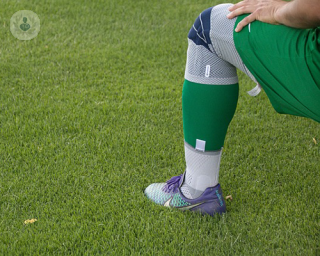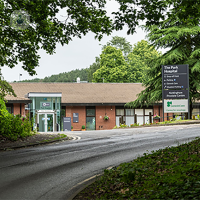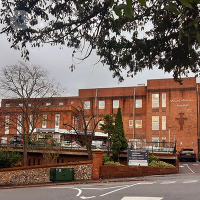Arthroscopic meniscectomy
Mr Amir Qureshi - Orthopaedic surgery
Created on: 11-19-2020
Updated on: 09-14-2023
Edited by: Karolyn Judge
What is an arthroscopic meniscectomy?
An arthroscopic meniscectomy is a minimally-invasive procedure where some or all of a damaged meniscus is removed from the knee joint, specifically the tibio-femoral joint. This can help to improve mobility and patient quality of life by relieving symptoms a torn meniscus can bring.

Why might someone need an arthroscopic meniscectomy?
They may have injured or torn their meniscus, usually by twisting or turning while the foot is planted on the floor while the knee is bent. Specific causes include:
- Heavy lifting
- Playing sports
- General wear and tear as you get older
What are the symptoms that could lead to having an arthroscopic meniscectomy?
Symptoms that could lead to having an arthroscopic meniscectomy are in direct relation to the severity of a meniscus tear.
You may have slight pain or swelling with a minor tear, which usually goes away in two to three weeks.
Symptoms of a moderate tear may include:
- Pain at the side or centre of your knee
- Swelling that gets worse over two or three days. It can cause your knee to feel stiff and limit your ability in bending your knee.
- The possibility of a sharp pain when you twist your knee or squat.
- Symptoms go away after some time but can return if the knee is overused or twisted.
Rest, activity modification and physical therapy alongside anti-inflammatory drugs are used to treat minor tears.
A severe tear is symptomatic due to the possibility of pieces of torn meniscus moving into the joint space. It can cause your knee to:
- Catch, pop or lock.
- Not be able to be straightened.
- Feel wobbly or buckle without warning.
- Swell and become stiff immediately after the injury or within two to three days.
If non-surgical treatment and management fails to alleviate associated pain and joint problems, then surgery is the next step.
What is involved in an arthroscopic meniscectomy procedure?
There are various types of arthroscopic meniscectomy procedures, depending on the injury you have. They all involve a surgeon making small cuts in your knee where they will insert an arthroscope camera to assess the injury. Generally, arthroscopic meniscus repair takes between an hour and an hour and a half.
Arthroscopic partial meniscectomy
In this procedure, your doctor will remove a piece of the torn meniscus.
Arthroscopic total meniscectomy
The whole meniscus will be removed.
You can also have arthroscopic repair for your meniscus. This involves stitching up the tear.
How long is the recovery period for an arthroscopic meniscectomy?
Your leg will be put into a supportive knee brace for four weeks, which will hold the knee straight while walking. After this period, you are allowed to fully bend the knee but shouldn't squat on it for at least three months.
You will also have rehabilitation treatment by a physiotherapist over the first four weeks of recovery.
There are varying lengths of time off work depending on the work you do. It's advised that you should take one week off desk work, six weeks off manual work and you can drive four weeks after the operation.
You can cycle or swim after four weeks, run after three and those sports that involve fast twisting, between four to six.
What are the risks involved in arthroscopic meniscectomy?
- A total arthroscopic meniscectomy can increase the risk of osteoarthritis in the knee.
- Further surgery may be needed if the tear doesn't heal.
- Complications can include infection, blood clots in the leg, and damage to blood vessels or nerves within the leg. However, these are very rare.
What type of doctor performs arthroscopic meniscectomies?
Orthopaedic surgeons who specialise in knee injuries perform arthroscopic meniscectomies. Surgeons who are experienced in regular meniscus surgery can be a good option when selecting the right consultant for an arthroscopic meniscectomy.








